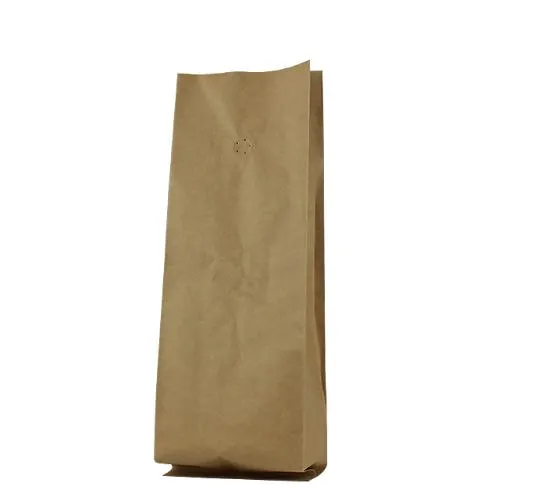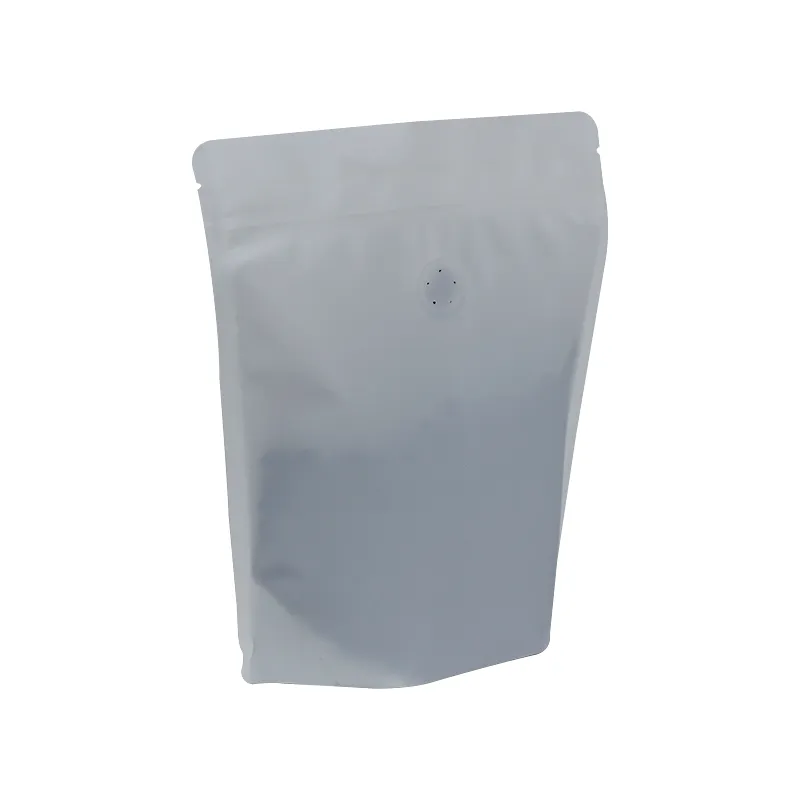Email: enid@bc-pak.com
Tel: 86-757- 88811186
- Afrikaans
- Albanian
- Amharic
- Arabic
- Armenian
- Azerbaijani
- Basque
- Belarusian
- Bengali
- Bosnian
- Bulgarian
- Catalan
- Cebuano
- chinese_simplified
- chinese_traditional
- Corsican
- Croatian
- Czech
- Danish
- Dutch
- English
- Esperanto
- Estonian
- Finnish
- French
- Frisian
- Galician
- Georgian
- German
- Greek
- Gujarati
- haitian_creole
- hausa
- hawaiian
- Hebrew
- Hindi
- Miao
- Hungarian
- Icelandic
- igbo
- Indonesian
- irish
- Italian
- Japanese
- Javanese
- Kannada
- kazakh
- Khmer
- Rwandese
- Korean
- Kurdish
- Kyrgyz
- Lao
- Latin
- Latvian
- Lithuanian
- Luxembourgish
- Macedonian
- Malgashi
- Malay
- Malayalam
- Maltese
- Maori
- Marathi
- Mongolian
- Myanmar
- Nepali
- Norwegian
- Norwegian
- Occitan
- Pashto
- Persian
- Polish
- Portuguese
- Punjabi
- Romanian
- Russian
- Samoan
- scottish-gaelic
- Serbian
- Sesotho
- Shona
- Sindhi
- Sinhala
- Slovak
- Slovenian
- Somali
- Spanish
- Sundanese
- Swahili
- Swedish
- Tagalog
- Tajik
- Tamil
- Tatar
- Telugu
- Thai
- Turkish
- Turkmen
- Ukrainian
- Urdu
- Uighur
- Uzbek
- Vietnamese
- Welsh
- Bantu
- Yiddish
- Yoruba
- Zulu
Biodegradable Pouch Bags Eco Friendly Ziplock Stand Up Food Packaging Compostable Coffee Bags
Views :
Update time : Feb . 12, 2025 17:04
Packaging plays a crucial role in both protecting products and influencing consumer behavior. The right packaging not only ensures the safe transportation of goods but also enhances the customer's experience with a product, reflecting a brand's values and attention to detail. Exploring the different types of packaging can provide insights into choosing the best option for specific needs and markets. Here are seven common types of product packaging, each offering unique benefits and considerations
5. Paperboard Packaging Lightweight and easily customizable, paperboard packaging is a popular option for products ranging from cereals to cosmetics. Its versatility allows for intricate designs and high-quality printing, supporting strong branding messages. As one of the most sustainable packaging materials, it aligns well with brands focusing on environmentally responsible practices. 6. Flexible Packaging Valued for its lightweight nature and resource efficiency, flexible packaging includes pouches and bags made from various plastic films. It provides convenience with resealable closures and excellent space efficiency, reducing shipping and storage costs. This type of packaging is increasingly used in consumer goods sectors, particularly for snacks and ready-to-use products, due to its user-friendly design. 7. Foam Packaging Integral for securing fragile items, foam packaging provides cushioning to protect products from impact and vibrations. Its shock-absorbing qualities make it ideal for electronics and delicate goods. Although not inherently eco-friendly, innovation in biodegradable foam options is paving the way towards more sustainable solutions. In conclusion, selecting the appropriate packaging type depends on multiple factors, including product type, target market, and environmental considerations. By understanding the unique attributes and advantages of various packaging materials, businesses can enhance product protection, elevate consumer experience, and achieve better sustainability goals. Whether it’s through the robustness of corrugated boxes or the elegance of glass containers, the right packaging is instrumental in defining a brand's success in an increasingly competitive market.


5. Paperboard Packaging Lightweight and easily customizable, paperboard packaging is a popular option for products ranging from cereals to cosmetics. Its versatility allows for intricate designs and high-quality printing, supporting strong branding messages. As one of the most sustainable packaging materials, it aligns well with brands focusing on environmentally responsible practices. 6. Flexible Packaging Valued for its lightweight nature and resource efficiency, flexible packaging includes pouches and bags made from various plastic films. It provides convenience with resealable closures and excellent space efficiency, reducing shipping and storage costs. This type of packaging is increasingly used in consumer goods sectors, particularly for snacks and ready-to-use products, due to its user-friendly design. 7. Foam Packaging Integral for securing fragile items, foam packaging provides cushioning to protect products from impact and vibrations. Its shock-absorbing qualities make it ideal for electronics and delicate goods. Although not inherently eco-friendly, innovation in biodegradable foam options is paving the way towards more sustainable solutions. In conclusion, selecting the appropriate packaging type depends on multiple factors, including product type, target market, and environmental considerations. By understanding the unique attributes and advantages of various packaging materials, businesses can enhance product protection, elevate consumer experience, and achieve better sustainability goals. Whether it’s through the robustness of corrugated boxes or the elegance of glass containers, the right packaging is instrumental in defining a brand's success in an increasingly competitive market.
Recommend products
Read More >>
Related News
Read More >>













